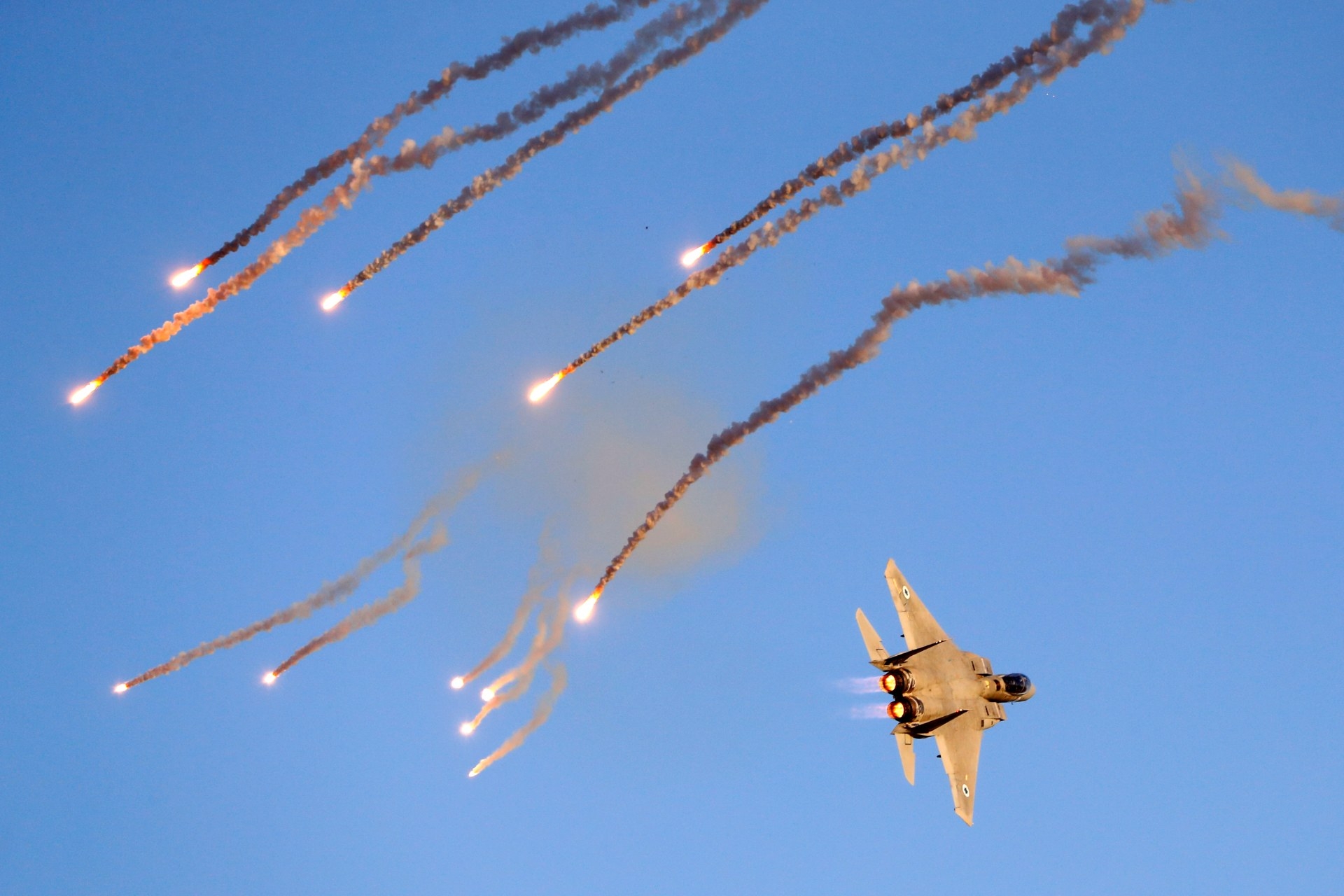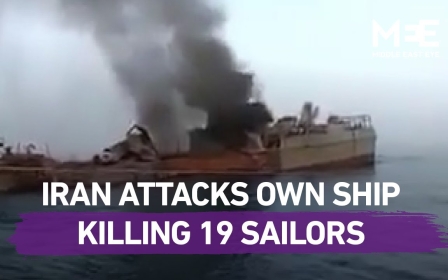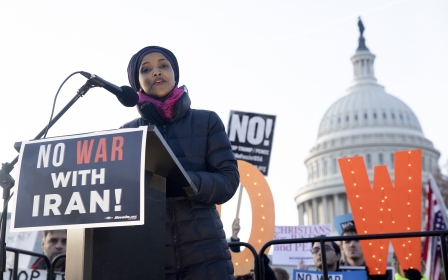Israel and Iran trade blows again as the coronavirus threat recedes

After the initial coronavirus shock that frightened Israeli and Iranian leaders and pushed them to reach a tacit understanding to reduce the level and intensity of violence, relations between the countries have returned to business as usual.
Recent days have witnessed the resurgence of Israel and Iran’s well-known routine of direct and indirect confrontation.
In the last two weeks the Israeli Air Force (IAF) resumed its air strikes against Iranian targets in Syria. While Israel has maintained its usual silence, Syrian officials, its media and opposition groups have reported that at least six attacks were recorded.
The most interesting was against an Iranian compound, located at al-Safira, a facility of the Scientific Studies and Research Center, or Centre d'Etudes et de Recherches Scientifiques (CERS) as it is better known.
Israeli, American, British, German and French intelligence agencies have all said that CERS has been responsible for the research and development of nuclear, biological, chemical, and missile technology and weapons, including ballistic missiles, as well as advanced conventional arms.
After the Israeli Air Force destroyed a secret Syrian nuclear reactor in September 2007, and since Bashar al-Assad’s government was forced in 2013 by the US and the international community to dismantle its chemical weapons, CERS laboratories and production centres are nowadays mostly devoted to missiles and other advanced conventional weapons.
CERS plants in al-Safira, Damascus, Homs, Hama and Palmyra were attacked and revisited on numerous occasions since the outbreak of the civil war in 2011. They were hit not only by IAF but also by the US, UK and French warplanes which are part of the international coalition.
It is understood that the last IAF attack against al-Safira targeted Iranian efforts to upgrade the Islamic Republic’s missile components, improve their accuracy and transfer the know-how and technology to Hezbollah in Lebanon.
Iran has recently found itself at a crossroads.
A combination of several factors have weakened and slowed down Iran’s chief strategic goals, which are to establish itself as a strong and reliable ally of Syria, deploy its missiles and Shia militia near the Israeli border, and create a land corridor via Iraq and Syria to Hezbollah on the Lebanese Mediterranean coast.
Iran has been weakened drastically by the coronavirus pandemic, which has killed more than the 7,000 people officially recorded. Meanwhile, the Islamic Republic’s economy – already suffering from tough US sanctions – has been hit by the sharp decline in the price of oil, which is Iran’s main source of income.
On the military front, precise Israeli intelligence has enabled the IAF to destroy most Iranian missile assembly lines and precision components stored in Syria, and the US killing of general Qassem Soleimani has inflicted a severe blow to Iran’s prestige and military leadership.
On the ground, Iran’s partnership with Russia in Syria is proving difficult. Russia, which aspires to consolidate its economic grip on the Syrian economy, continues to play a double game.
It cooperates with the Assad government and Iran against the Turkish military involvement, but at the same time allows the IAF to strike Iranian targets without even officially condemning it.
Down but not out
The result of all these developments and measures is very visible.
Iran has reduced the presence of its al-Quds Force, Shia militias and Hezbollah on Syrian soil from a peak of 25,000 to a few thousand.
Under Israeli military pressure Iran is moving its bases and storehouses from Damascus, Homs and Hama areas eastward to the Syrian desert, near the border with Iraq, hoping its military arsenal will be further away from Israeli reach.
All in all Israeli and American intelligence sources have identified that Tehran is recalibrating and fine-tuning its strategy. However, Iran is not sitting idle. Last month Iran successfully launched its first military satellite, showing an impressive technological achievement.
Israeli and American sources told Middle East Eye also that despite the difficulties Iran faces on its domestic, regional and international fronts, its strategic goal remains the same
Iranian hackers, a catchword for its intelligence, two weeks ago launched an unusual cyberattack against Israeli civilian water facilities using US servers.
The attack didn’t cause much damage. Nevertheless Israeli officials are taking it very seriously.
The surprise one-day visit this week of US Secretary of State Mike Pompeo to Israel, and his meetings with Prime Minister Benjamin Netanyahu and head of Mossad Yossi Cohen, is aimed at discussing the Iranian cyberattack and its ramifications.
It is now expected that Israel, which together with the US has used cyberwarfare against Iranian nuclear facilities on several occasions, will soon retaliate.
Yet, Israeli and US sources told Middle East Eye also that despite the difficulties Iran faces on its domestic, regional and international fronts, its strategic goal remains the same.
Known for its long-term planning and patience, Iran doesn’t intend to abandon its military and diplomatic aspirations to be a regional powerhouse.
It’s premature to write it off. It is more likely that the mutual punching between Israel and Iran in Syria and Lebanon will continue. More to come.
This article is available in French on Middle East Eye French edition.
Middle East Eye delivers independent and unrivalled coverage and analysis of the Middle East, North Africa and beyond. To learn more about republishing this content and the associated fees, please fill out this form. More about MEE can be found here.





